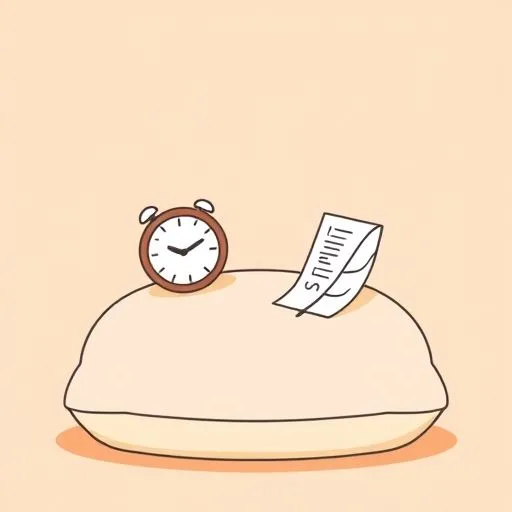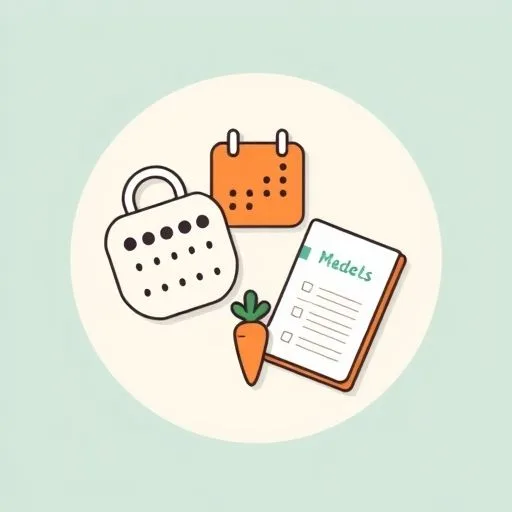
We all see her tucking the kids in with that calm smile. But what happens right after their eyes close? That’s when the real weight settles—the mental lists, the hidden worries, the silent calculations she carries alone. I’ve stood in that quiet kitchen doorway for years. Watching her shoulders relax for half a second before the next invisible task begins. This isn’t about chores or checklists. It’s about seeing what no one else does. And learning how we can actually share it.
What Her Silence Is Actually Carrying

You know that moment when she checks her phone between folding laundry? It’s not just scrolling. Her mind’s racing through three calendars at once—soccer practice, dentist appointments, the school bake sale she forgot to sign up for. We see her standing there calm, but inside? She’s juggling so many threads it makes my head spin.
And that’s the mental load that often goes completely unspoken. Not the physical work, but the constant thinking—the ‘what ifs’, the ‘did I’s, the ‘gotta remembers’. It’s why she sighs when you ask ‘what’s for dinner?’ It’s not the cooking. It’s that she’s already planned the whole week’s meals in her head, timed around your schedule, the kids’ allergies, and whether the salmon’s on sale.
Here’s what hit me: When she forgets something small, it’s never really about the thing. It’s about the sheer volume of invisible work. Like trying to carry water in a sieve—no matter how careful, some always slips through. So asking ‘did you remember milk?’? That just adds one more fragile thread to the weave.
You know what makes a real difference? Standing beside her saying ‘I’ve got the grocery list—what’s next on your mind?’? That’s sharing the load. Not doing the task for her. Helping her hold the weight so it doesn’t all rest on one set of shoulders.
How We Dads Actually Make It Lighter

I used to think ‘helping’ meant taking the trash out or making coffee. Turns out that’s just surface work. The real shift came when I started noticing her mental rhythms. Like when she’s packing lunches, she’s not just thinking about sandwiches. She’s calculating picky eaters, nut-free zones, and whether that apple will get tossed.
One Tuesday I asked not ‘need help?’ but ‘what’s the trickiest part right now?’ She blinked, then said ‘getting both kids to actually eat their veggies’. Next thing I knew, we were brainstorming carrot sticks with hummus—together. That tiny question? It pulled her out of isolation. Made her feel seen instead of tested.
Here’s what works better than ‘how can I help?’: Take ownership of a mental thread. Instead of waiting for instructions, say ‘I’ll handle school forms this week—just send me the deadlines’. Or run interference when things get chaotic: ‘You focus on bedtime, I’ll prep breakfast’. Having a plan and all materials ready? Yeah, that’s key.
But the magic happens when she knows it’s truly yours. No hovering. No ‘just checking’. Let her breathe while you hold your corner of the sky. By removing the need to search for resources midway, you create space for her mind to rest. That’s not assistance. That’s partnership.
The Tiny Shifts That Changed Everything for Us

Our biggest breakthrough wasn’t grand gestures. It was learning to listen to her silence. When she stared at the fridge after dinner, I finally asked not ‘what’s wrong?’ but ‘what’s spinning in there?’. Turns out she was mentally rescheduling a dentist appointment that clashed with dance class.
So I took my calendar out right then and said ‘show me where it fits’. We blocked out time together. Simple. But that moment? It rewired everything. Because she didn’t have to explain or defend. Just point. And I saw—really saw—how hard it is to hold all those moving parts alone.
Now we’ve got little signals. If she taps her phone twice while making coffee? I know she’s stuck on a scheduling puzzle. I’ll grab my watch and say ‘walk me through it’. No pressure. Just two minds untangling one knot.
It’s messy sometimes. We’ve swapped pickup times wrong or double-booked parks. But laughing over those hiccups? That’s how trust grows. What she needs isn’t perfection. It’s knowing someone’s actually looking at the map with her—not just waiting for directions.
Those quiet ‘I’ve got this’ moments? They’re like finding solid ground in a storm. You don’t feel it at first. Then suddenly your shoulders drop. That’s the load lightening.
Source: Autonomous Vehicle Sensor Market Size Worth USD 25.71 Billion by 2032, Driven by Rapid Advancements in AI-enabled Sensor Fusion | SNS Insider, Globe Newswire, 2025/09/11 12:00:00
It’s in these small, shared moments that we truly lighten the load for each other.
